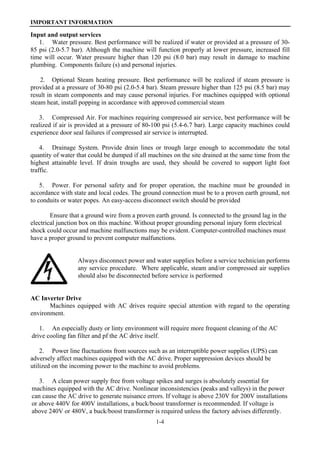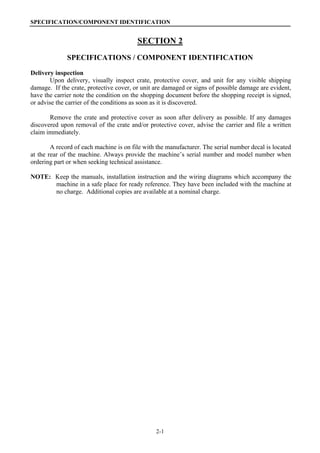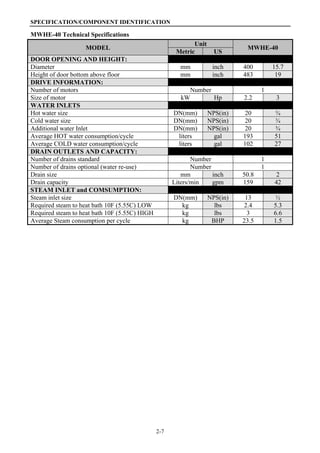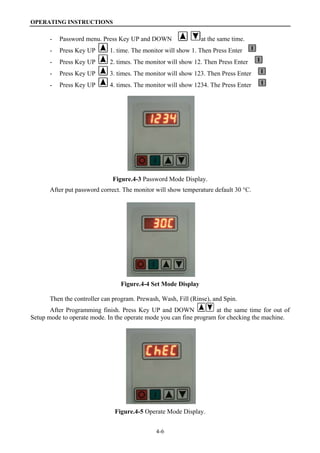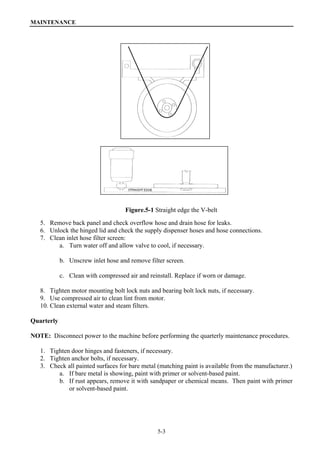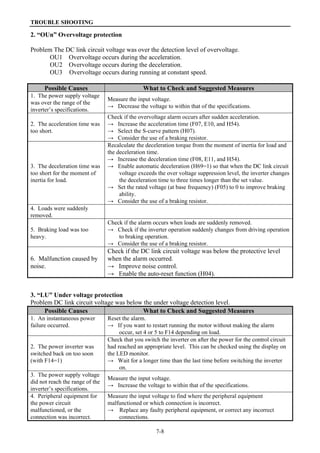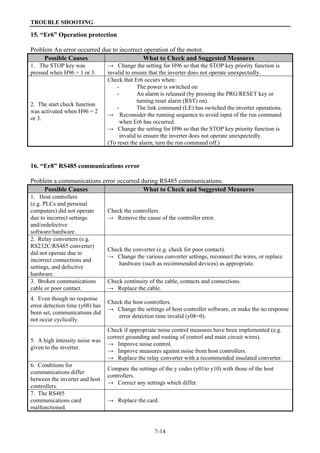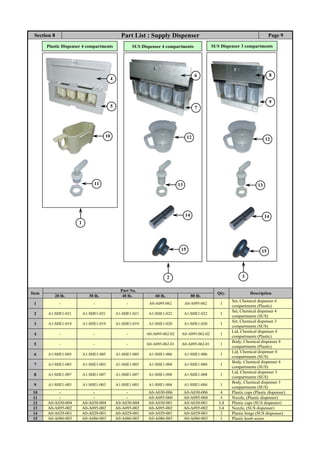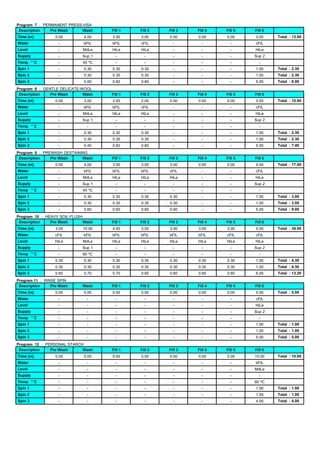This document provides installation, operation and safety instructions for a MWHE series washer-extractor. Section 1 covers important safety information, including checking electrical and plumbing connections and verifying proper operation of the door safety interlock. Safe operating environment is also addressed, noting temperature, humidity, ventilation and other factors. Section 2 lists technical specifications and component identification, while subsequent sections cover installation, operation, maintenance, troubleshooting and parts.






